
St. Patrick Dispensary’s social worker, Carolyn, counsels Baby Ismael’s mother about nutrition.
Life here amid the pandemic in Mombasa, Kenya is trying to get back to normal as churches, restaurants and some hotels slowly reopen. At our St. Patrick’s Dispensary in the informal settlement of Bangla, it has been “business as usual”: We strive to cure the sick, comfort the suffering, refer those who need specialized help and educate people on how to live healthier lives.
Education is the key as we work with a population of adults where few have completed eighth grade and even fewer have gone on to secondary school. A topic of utmost importance is nutrition. Many women, who usually do all the cooking, are not knowledgeable about proper nutrition. This is especially evident with single mothers, who may lack a maternal role model and struggle to raise healthy children, often with little income.
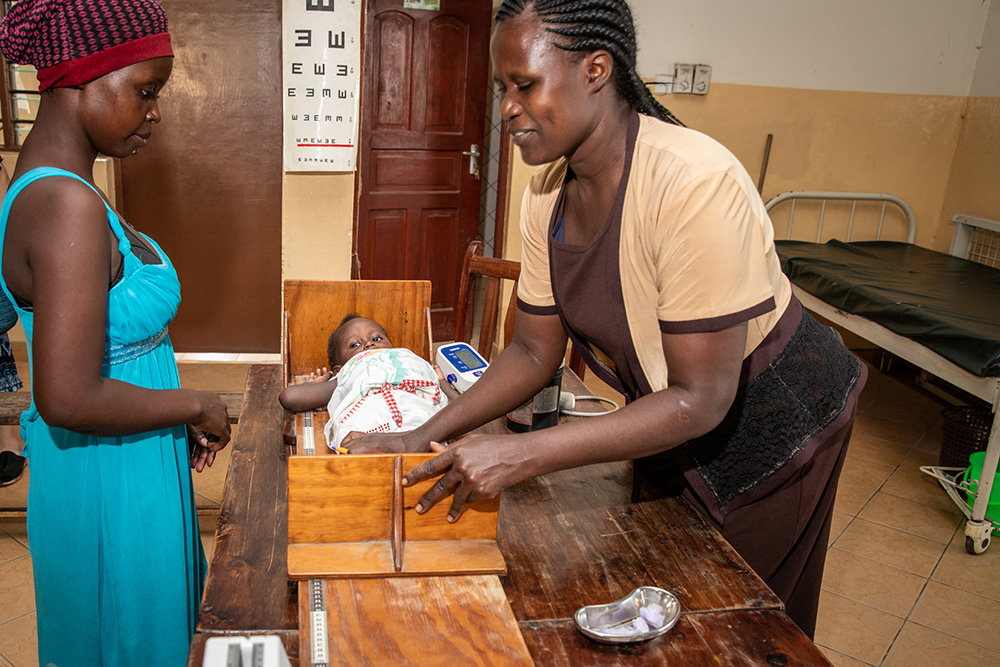
Measuring a baby’s height (Photo by Jerry Fleury)
We see a significant number of malnourished babies and children. If they do not get proper nutrition during their early developmental years, their cognition and physical development can be permanently affected.
St. Patrick’s Dispensary has a nutrition clinic to help struggling families and malnourished children. It is run by Carolyn, our social worker. As we see babies and toddlers each week for medical care or immunizations, we weigh each one and get their height. Through this screening, we have referred many to our nutrition clinic. Carolyn then checks their weight every one to three weeks, depending on their severity, and she educates the mothers. The children remain in the program until they reach their desired weight, based on current guidelines. Currently we are helping 43 babies and children who are malnourished.
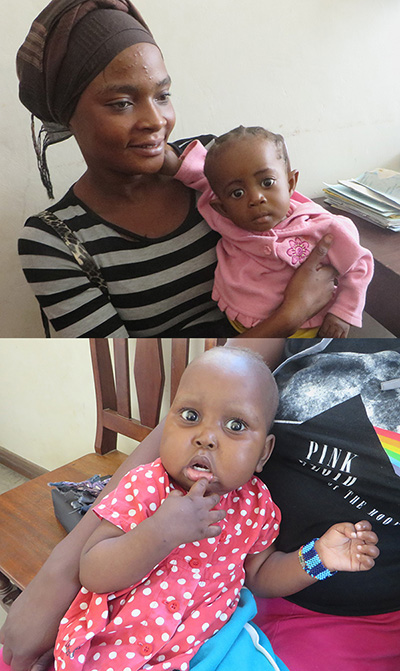
Top: Baby Blessing is very tiny and underweight. She was helped through the nutrition clinic.
Bottom: Baby Yvonne had a serious case of Kwashiorkor and needed to be hospitalized for two weeks.
Besides monitoring weights and educating the mothers, our dispensary provides food supplements for these children. This consists of a custom-made package of “porridge” ingredients. Every month we purchase 5 kg (11 pounds) of powdered milk, 40 kg (88 pounds) of whole grain maize flour and 20 kg (44 pounds) of wimbi, which is a mixture of sorgum and millet flours. We mix these ingredients together, package them in brown bags and give each mother one to two bags per month. The mothers are instructed on how to mix the ingredients with water to make nutritious porridge for their child.
The government also helps. They supply us with tubes of a very nutritious gel, known as RUTF (Ready to Use Therapeutic Food). It tastes like very sweet peanut butter and has a similar consistency. We distribute hundreds of these tubes every month for the malnourished children in the program. Depending on age and nutritional status, a child may eat 1-3 tubes per day, mixed into the porridge or other foods that are prepared. This gel provides calories as well as many essential nutrients.
We see two forms of malnutrition here in Bangla, and both are rarely seen in developed countries. Marasmas is more common and the result of inadequate food and caloric intake. Kwashiorkor occurs when calories are adequate but there is a serious protein deficiency. With both forms of malnutrition, we can usually help the child if we intervene early. Occasionally, in serious cases, children need to be referred for hospitalization.
It is always a great feeling when we are able to discharge a child from this nutrition program, knowing that they are now at their desired weight. Even after discharge, Carolyn visits them at home to make sure they are still doing well. We know that for every child we discharge, there will be others to take their place. When we successfully help a malnourished child to gain weight and be healthier, we know we have given them a better start in life.

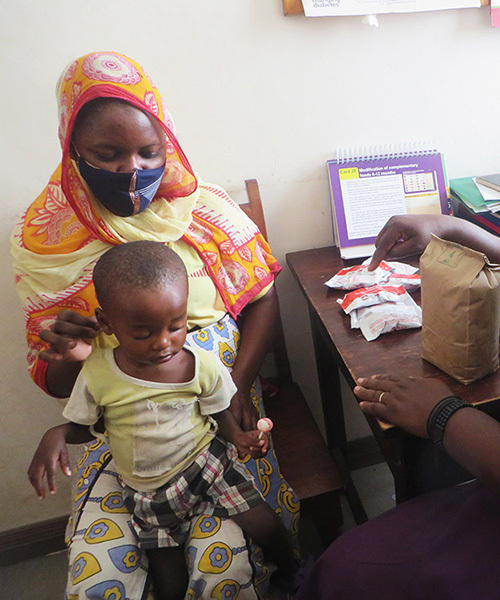

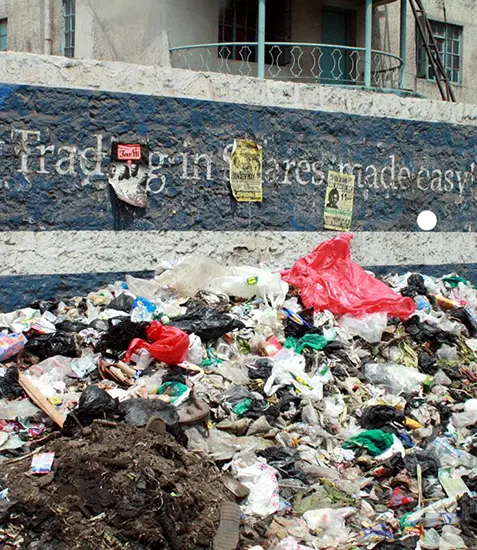
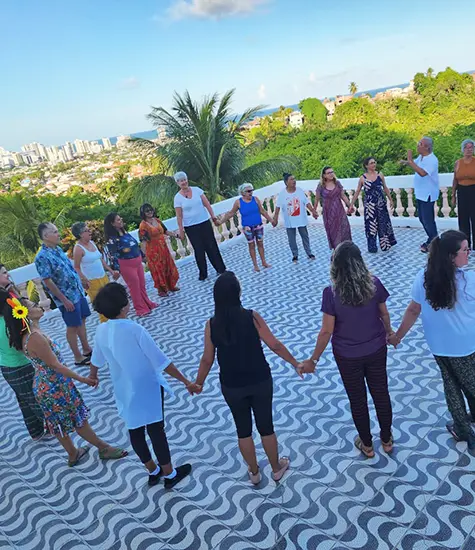
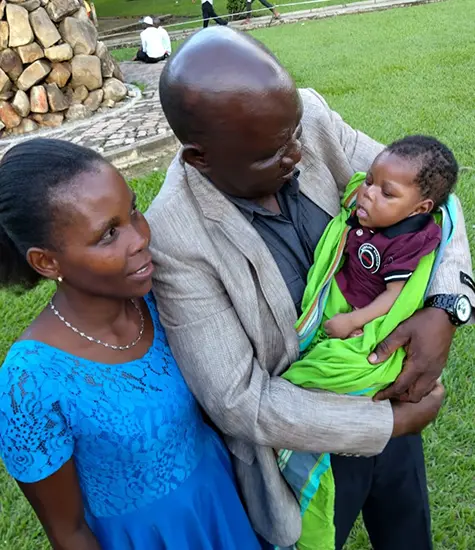




Really important work…health education and nutritional supplements!!! I’m so happy to see that the length board is still being used and the eye chart is still on the wall!!! Jocelyn and Carolyn are two excellent health care workers who continue to make a big difference. Thanks for supporting them and please give all the staff my very best regards!!!